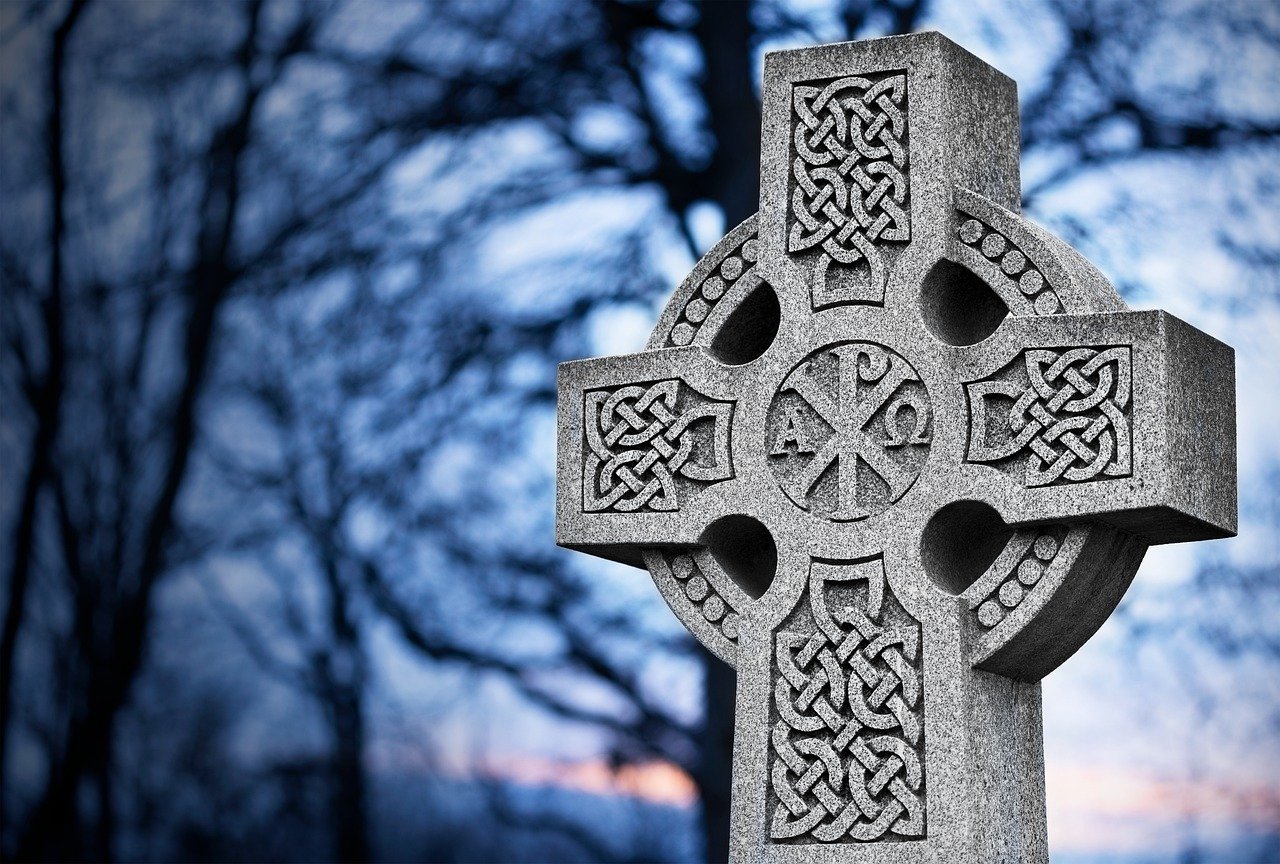Celtic Deities: An Overview
Celtic mythology is a rich tapestry of gods and goddesses, each with unique attributes and stories. This guide introduces various Celtic deities, encompassing their roles, relationships, and significance within the pantheon.
Gods and Goddesses of Fertility and Abundance
Danu
The revered mother of the Tuatha De Dannan, Danu embodies the essence of fertility and abundance.
Epona
A prominent horse goddess worshipped across the Celtic domains, Epona’s myth extended as far as Rome.
Brigid (Brigit)
Brigid is one of the triple goddesses, associated with inspiration, healing, and crafting. Originally a sun goddess, she holds an eternal flame in honor, tended by her followers.
Anu
Anu is another mother goddess, embodying fertility and abundance while also representing the depths of the underworld.
Warrior and Battle Deities
The Morrigan
A multifaceted battle goddess, the Morrigan often appears as a trio known for their fierce nature in war and death.
Aine
As the goddess of love and sovereignty, Aine also represents the sun and is linked with agriculture.
Cuchulain
A legendary hero associated with warfare, Cuchulain is famed for his unmatched bravery, enhancing his stature within the mythological narratives.
Badb
One of the three sisters in the Morrigan triad, she symbolizes violence and carnage in battle, often manifesting as a raven.
Deities of the Underworld and the Unknown
Arawn
The king of Annwn (the Otherworld), he oversees the dead and is a critical figure in the cycles of death and rebirth.
Ceridwen
Goddess of transformative powers, she possesses a cauldron filled with knowledge. Notably, she is the mother of Taliesin, a figure of immense wisdom.
Nemain
As a goddess of war and violence, Nemain channels the chaos of battle, often invoked in times of conflict.
Gwyn ap Nudd
Master of the wild hunt and lord of the underworld, Gwyn ap Nudd leads souls into the afterlife while protecting his domain.
Fertility and Weather Gods
Taranis
As a thunder god associated with weather and change, Taranis symbolizes the natural elements that govern the world.
Amaethon
Brother to Govannon, Amaethon represents agriculture, reflecting the importance of land and fertility in Celtic culture.
Lugh
God of skills and crafts, Lugh is a sun deity linked to grain harvests. His mastery in various disciplines highlights the Celtic value of artistry.
Mystical and Guardian Deities
Manannan mac Lir
The powerful sea god likened to a trickster. Known for his magical prowess, he acts as a guardian of the boundaries between life and death.
Niamh
Associated with guiding the souls of the deceased to the land of eternal youth, she embodies the mystical aspect of journeys beyond the grave.
Siabhan
A goddess of regeneration and transformation, known to appear at crucial moments of change.
Fand
Wife of Manannan, she also represents beauty and enchantment, playing a significant role in the myths surrounding love and desire.
Conclusion
The Celtic pantheon is filled with diverse deities that reflect the complexities of life, death, nature, and artistry. Each god and goddess holds a special place within the mythological landscape, offering insights into the values and beliefs of ancient Celtic society.



